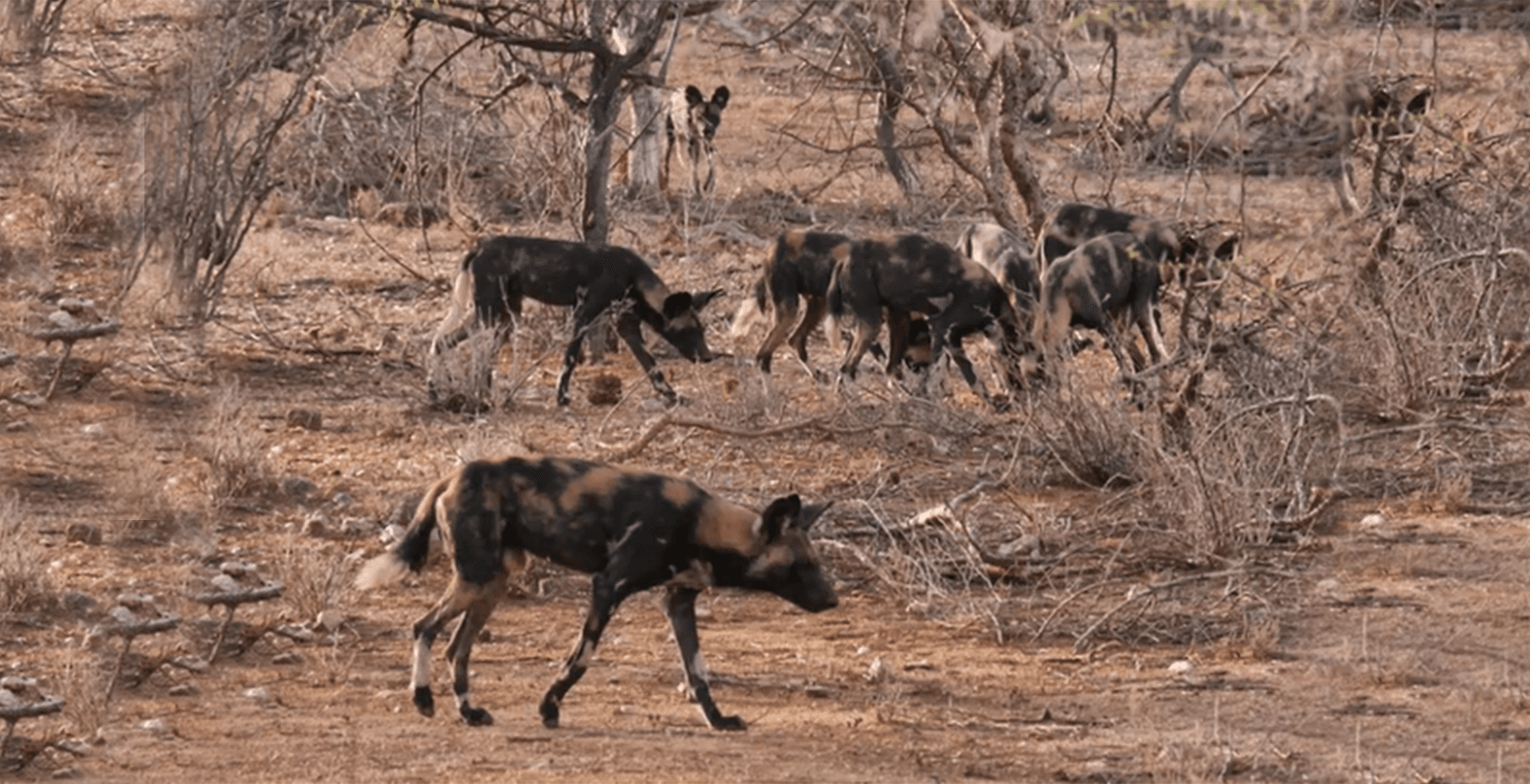One of the key benefits of participating in an Information Sharing and Analysis Organization (ISAO) is the benefit of resource sharing for cyber threat hunting talent.
After a photo safari in Africa I decided to develop a short video clip from some of the photos. These photos are intended to convey the story of those hunting for prey for survival. I’ll let you draw your own conclusions about the implications for cyber threat hunters.
Read on after the video to find out some of the other benefits of joining an ISAO.
Listen to the Rhythm
In the rapidly evolving landscape of cybersecurity, the significance of collaborative defense mechanisms cannot be overstated. ISAOs and Information Sharing and Analysis Centers (ISACs) represent key platforms for such collaboration. These entities offer a structured environment for sharing timely and relevant cyber threat information among various stakeholders. The participation in ISAOs or ISACs can yield substantial benefits for organizations striving to bolster their cyber defenses.
Enhanced Threat Intelligence
One of the primary advantages of joining an ISAO or ISAC is the access to a broader spectrum of cyber threat intelligence. These platforms aggregate data from multiple sources, providing a more comprehensive understanding of the current threat landscape. This collective intelligence enables organizations to identify and respond to emerging threats more quickly and effectively than they could in isolation.
Improved Cybersecurity Posture
Membership in these organizations facilitates the exchange of best practices and security strategies. Learning from the experiences of others can help members refine their cybersecurity policies and procedures. This collaborative environment encourages a proactive approach to security, rather than a reactive one, ultimately strengthening an organization’s overall cybersecurity posture.
Cost-Effective Resource Utilization
For many organizations, especially small and medium-sized enterprises, the resources needed to maintain an extensive in-house cybersecurity team are often prohibitive. Participation in an ISAO or ISAC offers a cost-effective alternative. It provides access to a wealth of expertise and resources that might otherwise be inaccessible, allowing organizations to optimize their cybersecurity spending. Cyber observable threat hunters (COTHs) are rare because of the unique blend of technical expertise and knowledge of intelligence tradecraft. ISAOs and ISACs can offer access by small and medium-sized enterprises to world-class talent for COTH research.
Legal and Regulatory Compliance
ISAOs and ISACs often provide guidance and support regarding compliance with various cybersecurity laws and regulations. This is particularly valuable as the legal landscape around data protection and privacy continues to evolve. Members can benefit from shared experiences and strategies for navigating these complex regulatory environments.
Community and Networking
Joining an ISAO or ISAC also presents opportunities for networking and building relationships with peers in the cybersecurity field. These connections can be invaluable for collaborative problem-solving, career development, and staying abreast of industry trends and innovations.
Conclusion
The dynamic and interconnected nature of today’s cyber threats necessitates a collaborative approach to cybersecurity. ISAOs and ISACs offer a platform for such collaboration, providing numerous benefits including enhanced threat intelligence, improved cybersecurity posture, cost-effective resource utilization, assistance with legal and regulatory compliance, and opportunities for community building and networking. For organizations committed to strengthening their cybersecurity defenses, participation in these entities is not just beneficial but essential in navigating the complex and ever-changing digital landscape.
Wild dog packs in Africa are known for their exceptional hunting skills and high success rates in capturing prey. Their success can be attributed to several key factors, and I’ll provide a factual explanation for each:
1. Cooperative Hunting: Wild dogs are highly social animals that hunt in packs, which gives them a significant advantage. They collaborate effectively during hunts, working as a team to chase, corner, and bring down their prey. This coordinated effort increases their chances of success.
2. Stamina: Wild dogs have remarkable endurance. They are known for their ability to pursue prey over long distances at a steady pace. Unlike many predators that rely on short bursts of speed, wild dogs can maintain a chase for several kilometers, eventually wearing down their prey.
3. Communication: Wild dogs have a complex system of vocalizations, such as yips, whines, and chirps, that they use to communicate with each other during hunts. This communication helps them coordinate their movements, surround the prey, and execute successful ambushes.
4. High Success Rate: Wild dogs are efficient hunters, with a success rate estimated to be around 60-80%. This high success rate is partly due to their teamwork, stamina, and effective communication. They are known for their ability to bring down prey that is much larger than themselves.
5. Specialized Diet: Wild dogs primarily target small to medium-sized ungulates like impalas and gazelles. Their diet is adapted to their hunting capabilities, which means they focus on prey that they can easily chase down and overpower.
6. Lack of Competition: Wild dogs are not in direct competition with other large carnivores like lions and hyenas for their prey. Unlike lions that often steal kills from other predators, wild dogs are more specialized hunters and rely on their own hunting skills.
7. Minimal Impact on Ecosystem: Wild dogs have a relatively low impact on their ecosystem compared to other large predators. They do not kill more prey than they need and are considered one of the “keystone species” that help maintain the ecological balance in their habitat.
In summary, the success of wild dog packs in hunting can be attributed to their cooperative hunting behavior, stamina, effective communication, specialized diet, and lack of direct competition with other large predators. These factors make them highly efficient and successful hunters in the African wilderness.

